A comprehension worksheet for a poem about the season spring.
This teaching resource is a comprehension worksheet asking questions about the magazine poem ‘Spring is Here.’
Read more about this poem and many other Springtime activities in our blog 12+ Fresh and Fun Spring Activities for Kids.
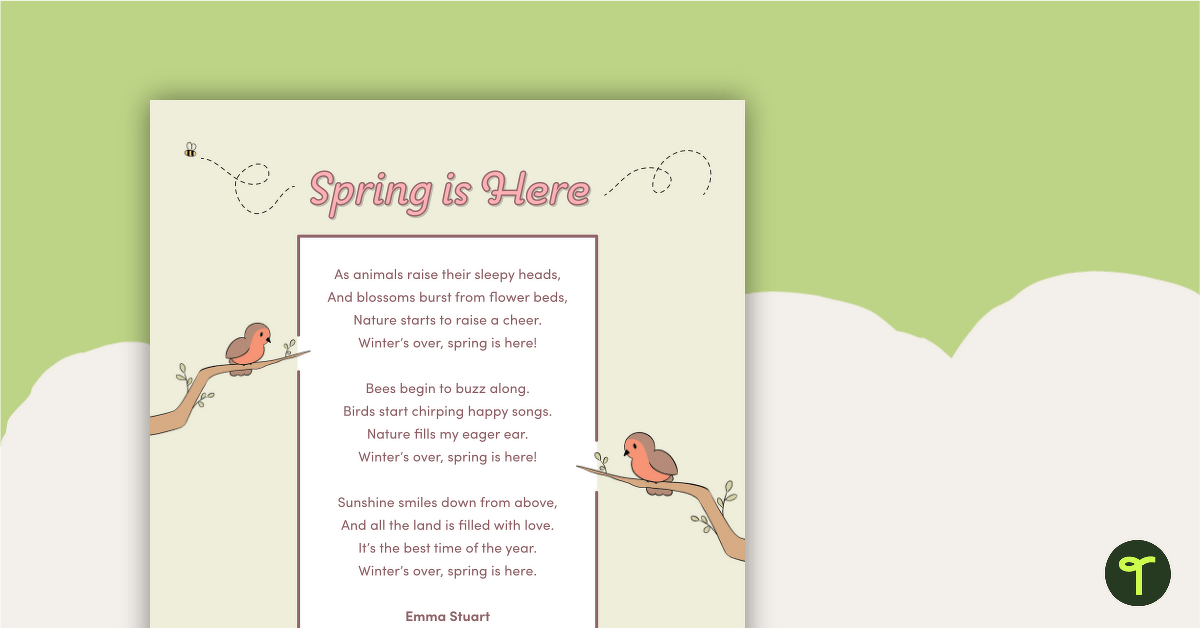
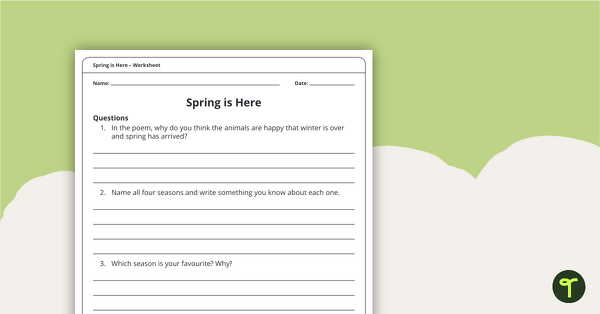


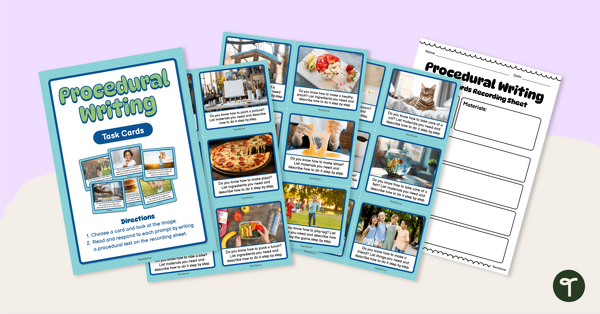
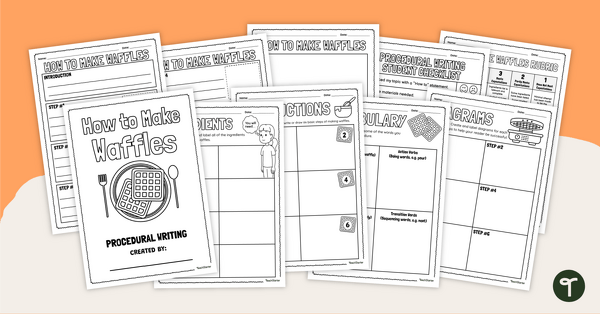
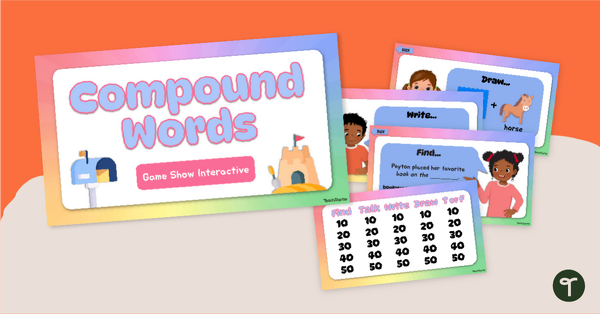
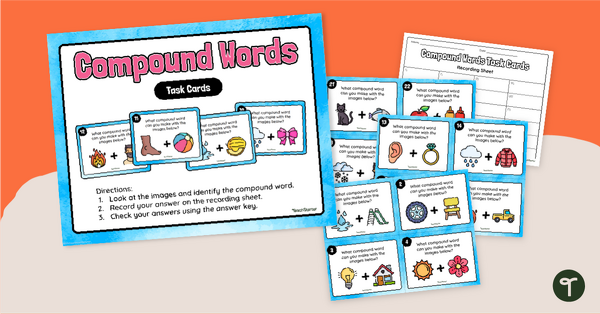
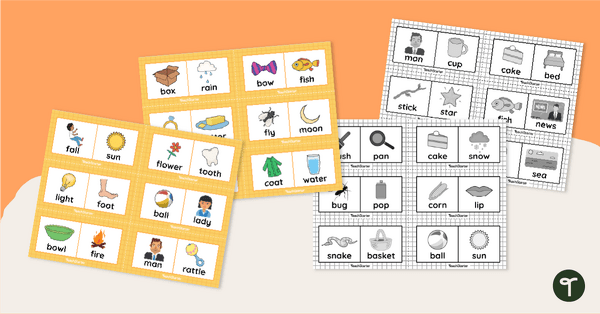
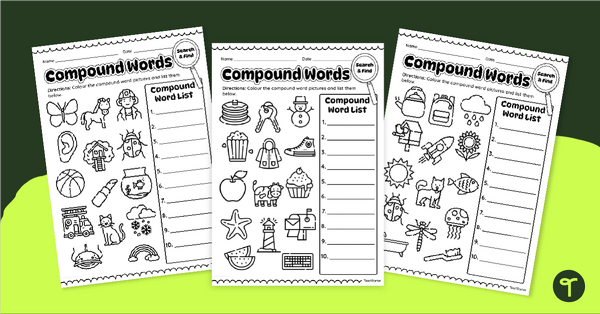
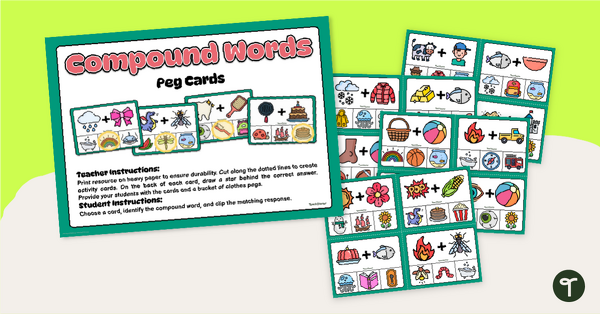
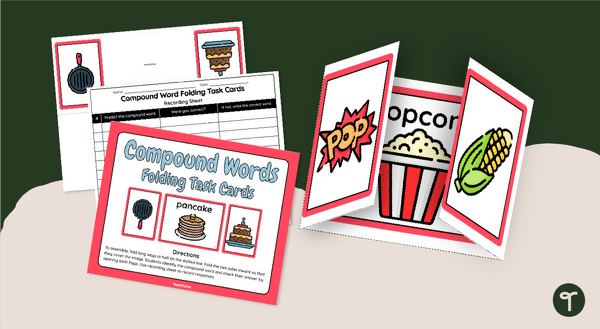
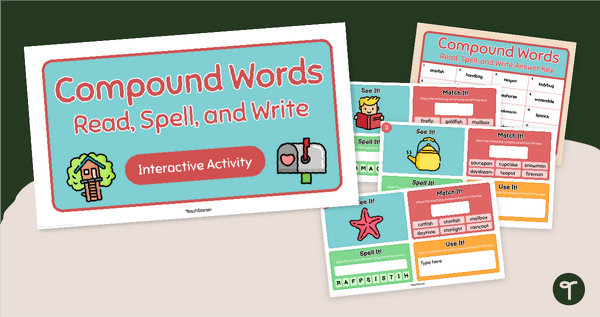
0 Comments
Write a review to help other teachers and parents like yourself. If you'd like to request a change to this resource, or report an error, select the corresponding tab above.